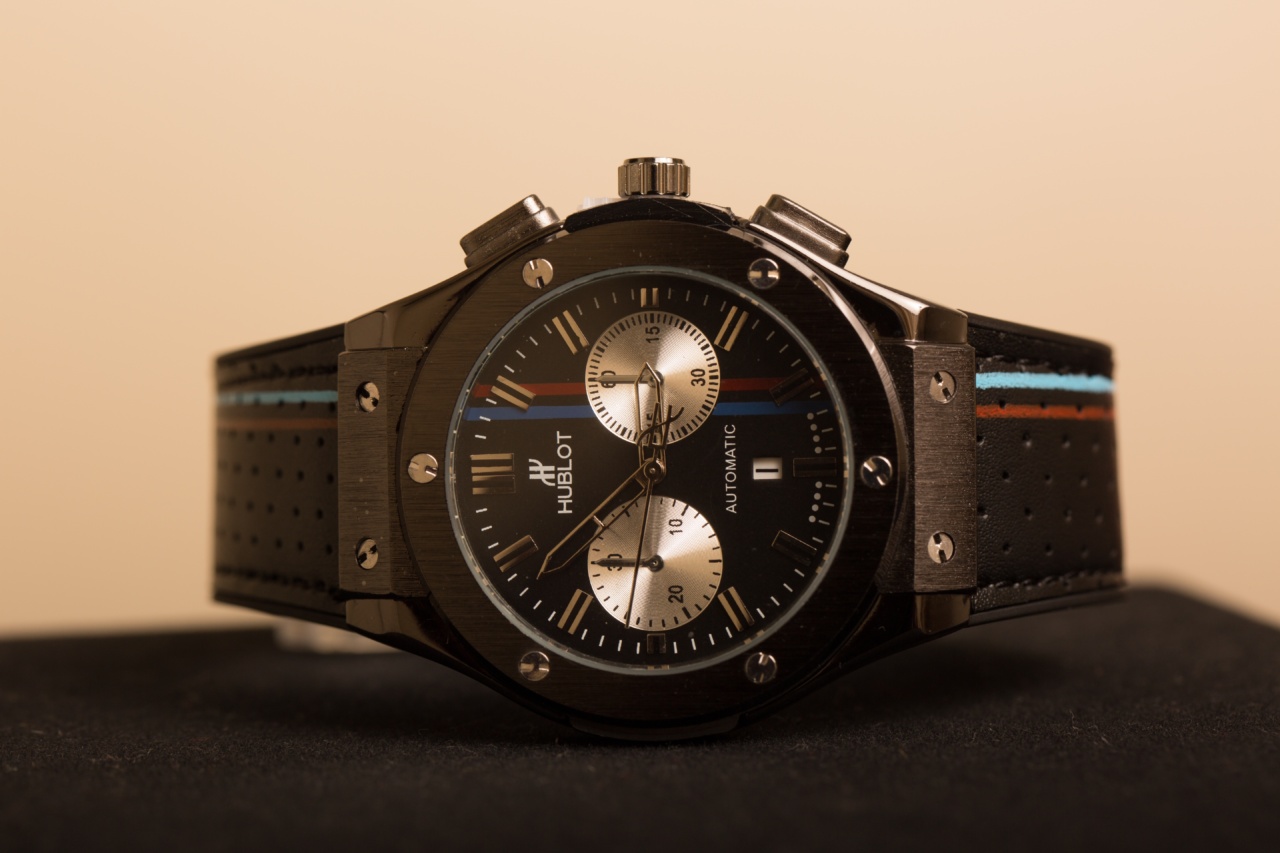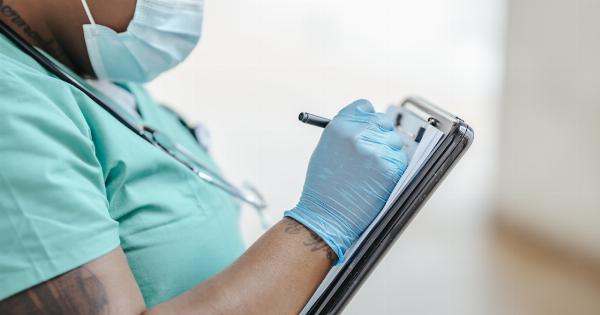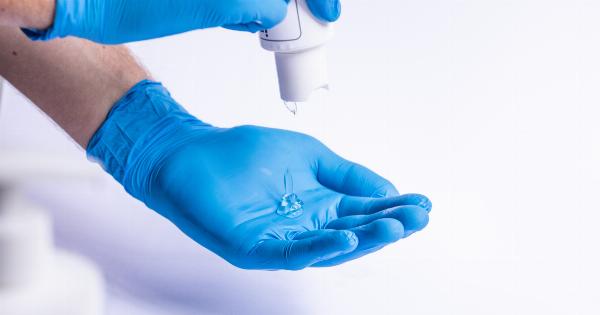Modern technology is creating incredible breakthroughs in so many different areas of our lives, from health care to communication, to transportation, and beyond.
One of the most revolutionary new developments in the healthcare industry is the development of pacemakers that are designed to look and function like an automatic watch. This new technology is changing the game for people with heart synchronization issues, and is providing a higher level of comfort and convenience than ever before.
What is a Pacemaker?
Before we dive into the details of this new and exciting technology, let’s first take a moment to explore what pacemakers actually do. A pacemaker is a small device that is implanted into the body to help regulate the heart’s rhythm.
It works by sending electrical pulses to the heart when necessary, which helps to correct any irregularities in the heartbeat.
Pacemakers are often used for people who suffer from arrhythmia, which is a common heart condition where the electrical impulses that regulate the heart are disrupted.
This disruption can cause the heart to beat too fast, too slow, or irregularly, which can lead to a number of different health problems.
The Benefits of Pacemakers
For people with arrhythmia, a pacemaker can provide a number of different benefits. Some of the most important benefits of pacemakers include:.
- Regulating the heartbeat to a more normal rhythm
- Reducing the risk of blood clots and stroke
- Increasing energy levels and reducing fatigue
- Improving exercise tolerance
- Reducing the risk of sudden cardiac death
The History of Pacemakers
Pacemakers have been around for quite some time, with the first pacemaker being developed in the late 1950s. However, early versions of pacemakers were quite primitive and were often unreliable.
They were also quite bulky, which made them uncomfortable for people who needed to wear them.
Over the past few decades, pacemaker technology has advanced significantly. Newer versions of pacemakers are smaller, more reliable, and have a longer battery life.
They are also more comfortable for patients to wear, which makes them easier to use on a daily basis.
The Limits of Traditional Pacemakers
Although modern pacemakers have come a long way, there are still a few limitations to traditional pacemaker technology. One of the biggest limitations of traditional pacemakers is their appearance.
Traditional pacemakers are often bulky and can be quite noticeable, which can be uncomfortable and embarrassing for some people.
Another limitation of traditional pacemakers is that they require regular visits to the doctor to have their batteries changed.
This can be both time-consuming and expensive, and can also be inconvenient for people who live far away from their doctor’s office.
The New Revolutionary Pacemaker Design
To address these limitations, researchers have developed a revolutionary new pacemaker design that is designed to look and function like an automatic watch. This new technology has a number of important benefits over traditional pacemakers, including:.
- Smaller size- The new design allows for a much smaller pacemaker that is less noticeable and more comfortable for the patient.
- No visible signs- Because it looks like a watch, it doesn’t draw attention like a traditional pacemaker would.
- No need for frequent battery changes- The new design is powered by the patient’s arm movement, meaning that it doesn’t require regular battery changes like traditional pacemakers do.
- Wireless technology- The new design uses wireless technology to communicate with the doctor’s office, which means that patients don’t have to make frequent visits to the office for checkups.
How it Works?
The new pacemaker design is powered by the movements of the patient’s arm, much like an automatic watch.
As the patient moves their arm, the internal mechanism of the device winds up, which in turn generates the electrical pulses that regulate the heartbeat.
The device also uses wireless technology to communicate with the doctor’s office. This means that any changes or updates to the pacemaker can be made remotely, without the need for the patient to come in for an office visit.
This is a significant advancement over traditional pacemaker technology, which requires patients to visit the doctor frequently for checkups and battery changes.
Is the New Pacemaker Design Safe?
The new pacemaker design has undergone extensive safety testing to ensure that it is both safe and effective. The pacemaker has been approved for use in Europe and is currently undergoing clinical trials in the United States.
Although the pacemaker design is still relatively new, it has shown a lot of promise in initial trials. Patients who have received the new pacemaker have reported a high level of comfort and satisfaction, and have experienced few to no complications.
What Does the Future Hold?
The new pacemaker design is still in its early stages, but it has the potential to change the game for people with heart synchronization issues.
As technology advances, it is likely that we will see even more breakthroughs in pacemaker technology that will make these devices even more effective and convenient.
In the future, it is possible that we will see pacemakers that are even smaller and more comfortable, and that require even less maintenance.
These advances could help to revolutionize the way we treat heart conditions and improve the quality of life for millions of people around the world.
Conclusion
The new pacemaker design is an exciting development in the healthcare industry that has the potential to improve the lives of millions of people around the world.
By designing a pacemaker that looks and functions like a watch, researchers are eliminating many of the limitations of traditional pacemakers, and are making these life-saving devices more convenient and comfortable for patients to use.
As technology continues to advance, it is likely that we will see even more breakthroughs in pacemaker technology that will help to further improve the lives of people with heart synchronization issues.






























